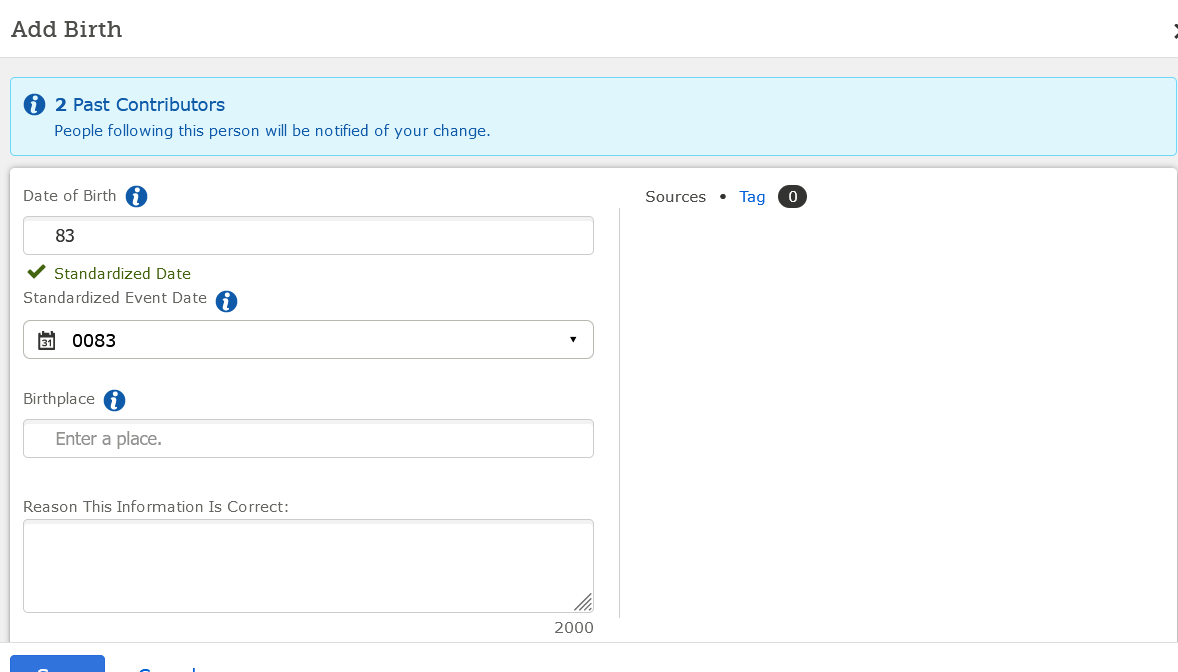dates
Answers
-
Please share your batch with us.
0 -
@Pennyrose. I am sure you are referring to the South Africa, Johannesburg Cemetery Records- 1840 to 2019. If you could share the batch code [xxxx-xxx] then we can better assist you with your question.
Thank you for indexing these records.
0 -
the batch code is M322-2RY
0 -
Pennyrose The first cremation in South Africa was in 1932 so the dates must be 1983 and 1984. The crematorium did not exist in the 1800's.
Hope this helps.
Thank you for working on these records.
0 -
Just a note to add to LarryClark43's, there was a Hindu crematorium in Johannesburg in 1918 in Brixton. The Johannesburg Crematorium/Braamfontein Crematorium opened in 1932.
Looking up the burial site for the South Africa, Johannesburg Cemetery Records- 1840 to 2019 project might indicate if it was in existence in the 1800s.
0 -
The batch in question is from a register for The Johannesburg Crematorium/Braamfontein.
My comment above should read the first cremation in The Johannesburg Crematorium/Braamfontein was in 1932. Sorry.
0 -
@Pennyrose according to the project instructions: If you cannot determine the 4-digit year, index the 2-digit number. If you cannot determine the 2-digit or 4-digit year, press Ctrl+B to mark this field blank.
Since there are no other contextual indicators of the four-year date then indexing the 2-digit number is what we are to do. I still believe it is to index what you see and not make assumptions.
Thank you for reviewing and correcting these records.
1 -
It is probably bad advice for any project instructions to suggest indexing a 2-digit number (unless the records relate to the period 10 AD - 99 AD, of course). This really doesn't work well for researchers once records indexed in such a way go online.
As I often express here, the purpose of indexing should not just relate to that activity alone, but should always have the end result in mind - of being a useful finding aid for the researcher. Images (to check on the original detail) are far from always being available, so I believe (in this example) if the century is 100% certain the 4-digit date should be recorded - otherwise, it should be left blank. Recording "83", when unsure if the date should be 1883 or 1983, is extremely bad practice and advice.
Just to illustrate - this is what happens with a record indexed with a 2-digit number, say 83, when the indexed record goes online, and the date detail (from the "source") is carried over to a Person page in Family Tree:
2

